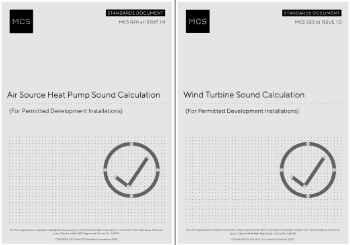Soil vent pipe
A soil vent pipe (SVP), also known as a soil stack pipe, drain-waste-vent or ventilated discharge pipe, is typically a vertical pipe that removes sewage and greywater from a building. It is often attached to the exterior of a building (although it may be fitted internally) and connects the subterranean drainage system to a point just above the level of the roof gutter.
Soil vent pipes allow the removal of waste from toilets, showers, baths and sinks, while also allowing odours to be released above the building, via a stack vent, at a level that will not cause a nuisance. The pipe’s vents also allow air into the internal drainage system so as to facilitate the process of aerobic sewage digestion, preventing a siphoning affect from occurring, and allowing free flow by gravity.
SVPs must maintain sufficient downward slope along their length to keep liquids and entrained solids flowing freely towards the drain. If a downward slope is not possible, a collection pit with a ‘sewage ejector’ pump can be installed.
Traditionally, soil vent pipes were made from cast iron; however, today they are most commonly made from uPVC.
Approved document H: Drainage and waste disposal requires that the foot of a discharge stack should have as large a radius as possible, and not less than 200 mm at the centre line. Offsets should be avoided in the wet section of the stack. Ventilating pipes should finish at least 900 mm above any opening within 3 m and should be finished with a wire cage or other perforated cover.
[edit] Related articles on Designing Buildings
Featured articles and news
Heat pump and wind turbine sound calculations for PDRs
MCS publish updated sound calculation standards for permitted development installations.
Homes England creates largest housing-led site in the North
Successful, 34 hectare land acquisition with the residential allocation now completed.
Scottish apprenticeship training proposals
General support although better accountability and transparency is sought.
The history of building regulations
A story of belated action in response to crisis.
Moisture, fire safety and emerging trends in living walls
How wet is your wall?
Current policy explained and newly published consultation by the UK and Welsh Governments.
British architecture 1919–39. Book review.
Conservation of listed prefabs in Moseley.
Energy industry calls for urgent reform.
Heritage staff wellbeing at work survey.
A five minute introduction.
50th Golden anniversary ECA Edmundson apprentice award
Showcasing the very best electrotechnical and engineering services for half a century.
Welsh government consults on HRBs and reg changes
Seeking feedback on a new regulatory regime and a broad range of issues.
CIOB Client Guide (2nd edition) March 2025
Free download covering statutory dutyholder roles under the Building Safety Act and much more.
Minister quizzed, as responsibility transfers to MHCLG and BSR publishes new building control guidance.
UK environmental regulations reform 2025
Amid wider new approaches to ensure regulators and regulation support growth.
BSRIA Statutory Compliance Inspection Checklist
BG80/2025 now significantly updated to include requirements related to important changes in legislation.
























